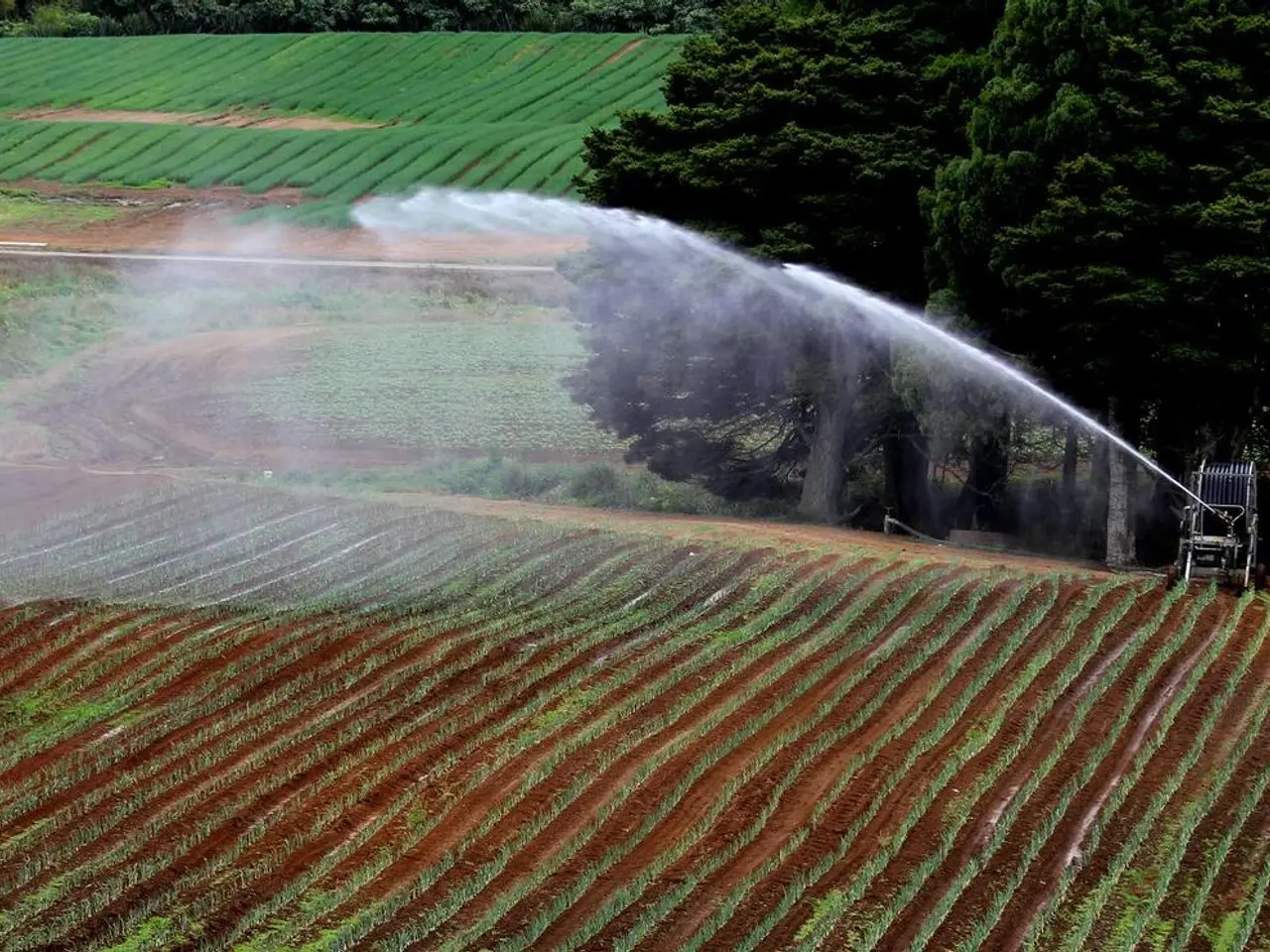Agricultural landscape in South Africa: Examining influencing factors from precipitation to trade restrictions
South Africa's agricultural sector is showing signs of recovery and growth as the 2025-26 summer season approaches. According to recent reports, the sector experienced a 15.8% increase in gross value added in Q1 2025, driven by higher output in field crops, horticulture, and livestock products.
The Western Cape, a key area for South Africa's winter crops, has received excellent rainfall this season. While specific detailed updates on those crops are not available, the improved rainfall and boosted production overall suggest better-than-last-year conditions for the region. The sector benefited from widespread winter and spring rains that rejuvenated grain, oilseed, and citrus production.
The citrus industry is part of this growth story, with revitalized production supported by better weather and infrastructure investments. South African agricultural exports, including horticulture commodities such as grapes and apples, have increased by about 10% year-on-year and now amount to about US$3.35 billion, indicating strong international demand. This export uplift benefits citrus, a key horticultural product.
However, biosecurity challenges, notably foot-and-mouth disease (FMD), have been significant constraints in recent years. South Africa has made notable progress in controlling FMD and other diseases such as avian influenza and African swine fever. This progress is improving the livestock subsector’s capacity to rebuild, with better grazing conditions now helping stabilize herds. Nonetheless, biosecurity remains a key concern for meat and dairy processors as they recover from earlier disruptions.
Regarding trade negotiations with the United States or other major partners, the robust export growth and emphasis on international demand in horticulture and animal products imply ongoing engagement to boost trade. No direct references to new trade agreements or negotiations with the US were found in the results.
Looking ahead, the upcoming 2025-26 summer season is forecasted to have average rainfall, with a possibility of La Niña rains. South African farmers will start focusing on the prospects of the summer crop season in October.
Major crops grown during the winter season in the Western Cape include wheat, barley, canola, and oats. In addition, the suspension period for the US reciprocal tariffs announced in early April will end on August 1, and it is uncertain whether South Africa will continue to benefit from the 10% duties or if they will be readjusted back to the 30% duties.
In summary, South Africa’s agriculture sector is rebounding from the combined challenges of drought, biosecurity, and supply chain disruptions experienced earlier, signaling a more resilient 2025-26 season. Despite ongoing biosecurity challenges, the sector is showing strong signs of growth and recovery, driven by improved rainfall, export growth, and investment in infrastructure.
- The improved weather conditions,noticeable rainfall, and investments in infrastructure have contributed to a revitalized citrus production, which is part of the growth story in South Africa's agricultural sector.
- As South Africa's agricultural sector continues to show strong signs of growth and recovery, the country's agricultural businesses might seek the favorable opinion of international markets regarding potential trade agreements, particularly with major partners like the United States.








